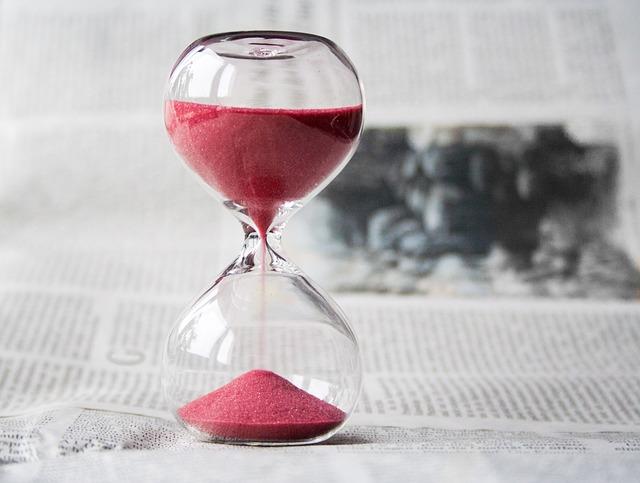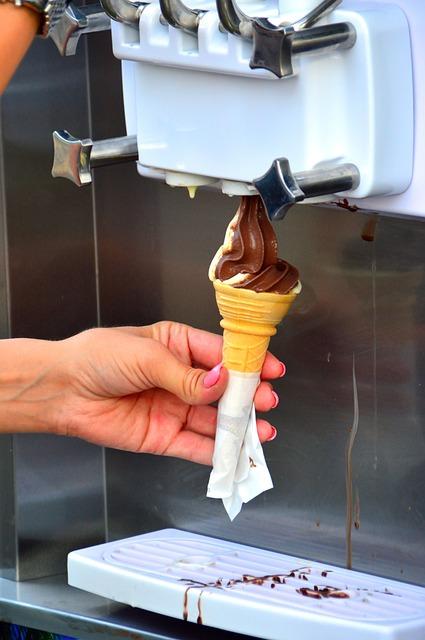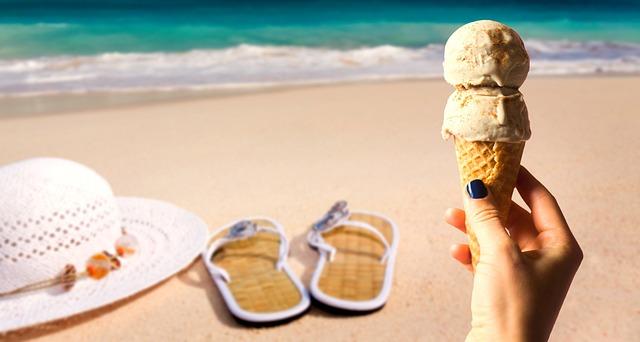Best Time to Do Ice Bath: Timing Your Chill for Optimal Results

Are you ready to take the plunge into the invigorating world of ice baths? If you’re wondering about the best time to dip into the chilly waters for maximum benefits, we’ve got you covered. In this article, we’ll unravel the secrets behind timing your ice bath sessions for optimal results. Whether you’re an athlete seeking enhanced recovery or simply an adventurous soul looking to boost your overall well-being, get ready to dive in as we guide you through the ideal moments to take the icy plunge. Let’s unlock the perfect timing and unlock the multitude of benefits that lie within the realm of ice baths.
Contents
Benefits of Timing Your Ice Bath for Optimal Results
Ice baths are a popular recovery method among athletes and fitness enthusiasts, and timing them properly can greatly enhance their benefits. By strategically choosing when to take your icy plunge, you can optimize the results you get from this intense form of cold therapy. Here are some key benefits to consider when timing your ice bath for optimal results:
-
Increased muscle recovery: Taking an ice bath immediately after an intense workout can help reduce inflammation and muscle soreness. The cold temperature constricts blood vessels, which decreases swelling and flushes out waste products, leading to faster repair and recovery.
-
Enhanced performance: Timing your ice bath before a challenging training session or event can improve your performance. The cold exposure stimulates the nervous system, increasing alertness and boosting circulation. This can result in better focus, improved endurance, and a reduction in the perception of fatigue.
- Improved sleep quality: Enjoying an ice bath in the evening, preferably a couple of hours before bed, can promote better sleep. The exposure to cold causes the body to release endorphins and initiates a drop in core body temperature, which signals the onset of sleep. This can lead to a more restful night’s rest and overall improved recovery.
To make the most of your ice bath, it is essential to experiment with different timing strategies and find what works best for you. Remember to listen to your body and adjust accordingly. Dress comfortably, prepare your ice bath with the appropriate amount of ice, and set a timer to ensure you don’t exceed the recommended duration. Timing your ice bath correctly can make a significant difference in the effectiveness of this powerful recovery tool.
Factors to Consider When Planning Your Ice Bath Session
When it comes to reaping the benefits of an ice bath, timing is everything. To ensure optimal results and minimize discomfort, there are several factors you should consider when planning your ice bath session.
Temperature
The temperature of the ice bath water plays a crucial role in determining its effectiveness. Aim for a temperature between 45 to 55 degrees Fahrenheit (7 to 13 degrees Celsius). This range is cool enough to trigger the desired physiological responses without causing excessive discomfort or potential harm. Use a thermometer to monitor the water temperature accurately.
Duration
How long you spend in an ice bath can influence the benefits you derive from it. Beginners should start with shorter durations, such as 5 to 10 minutes, gradually building up to 15 to 20 minutes as their bodies adapt. However, it’s important to listen to your body throughout the session, as everyone’s tolerance level varies. Avoid staying in an ice bath for too long, as extended exposure can lead to adverse effects.
Frequency
While tempting, daily ice baths may not be suitable for everyone. It’s important to give your body sufficient time to recover between sessions. Typically, aiming for 2 to 3 ice bath sessions per week is a good starting point. However, elite athletes or individuals undergoing intense training may benefit from more frequent sessions. Pay attention to how your body responds and adjust the frequency accordingly.
Preparation
Proper preparation is key to maximizing the benefits of your ice bath. Ensure you are adequately hydrated before getting into the cold water, as dehydration can make the experience more challenging for your body. Additionally, it’s important to gradually acclimate your body to the cold by slowly submerging yourself and allowing your muscles to adapt.
By considering these factors and incorporating them into your ice bath sessions, you can make the most out of this powerful recovery tool and boost your performance and overall well-being.
The Science Behind the Best Time to Take an Ice Bath
Ice baths have become increasingly popular among athletes and fitness enthusiasts for their potential benefits in enhancing recovery and reducing muscle soreness. But when is the best time to take an ice bath to maximize its effects? The answer lies in understanding the science behind how our bodies respond to cold therapy.
Timing your ice bath is crucial as it can influence the effectiveness of your recovery routine. Research suggests that the ideal time for an ice bath is within two hours after exercise. During this time, your body is still in a state of heightened inflammation, and immersing yourself in icy water can help mitigate this response. Additionally, taking an ice bath soon after a workout is more likely to reduce muscle damage and prevent excessive inflammation.
However, it’s important to consider individual factors when determining the optimal timing for your ice bath. Factors such as the intensity and duration of your workout, your overall fitness level, and personal preferences should all be taken into account. Some individuals may benefit from taking an ice bath immediately after a workout, while others may find it more beneficial to wait a little longer.
To help you find the best time for your ice bath, here are a few guidelines to consider:
1. Timing based on activity level:
– Light to moderate workout: 1-2 hours after exercise
– High-intensity or prolonged workout: Within 30 minutes to an hour after exercise
2. Personal preference:
– Experiment with different timing options to see what works best for you
– Listen to your body and adjust accordingly
Remember, the goal of an ice bath is to reduce inflammation, promote muscle recovery, and enhance overall performance. Finding the optimal timing that aligns with your body’s response to cold therapy can help you reap the full benefits of this recovery practice. So, next time you plan to take an ice bath, consider the timing to optimize your results and boost your recovery journey. In conclusion, timing is key when it comes to reaping the maximum benefits from your ice bath therapy. By carefully considering factors such as your personal goals, activity levels, and desired outcomes, you can optimize the timing of your chill sessions. Whether you’re an athlete aiming to enhance recovery or someone seeking the invigorating effects of cold immersion, understanding the best time to do ice baths can take your results to the next level. Remember, consistency and patience are key as you embark on this journey towards improved physical and mental wellness. So, go ahead, embrace the power of the cold, and witness the incredible effects it can have on your overall well-being. Stay cool, stay confident, and maximize your ice bath experience!









